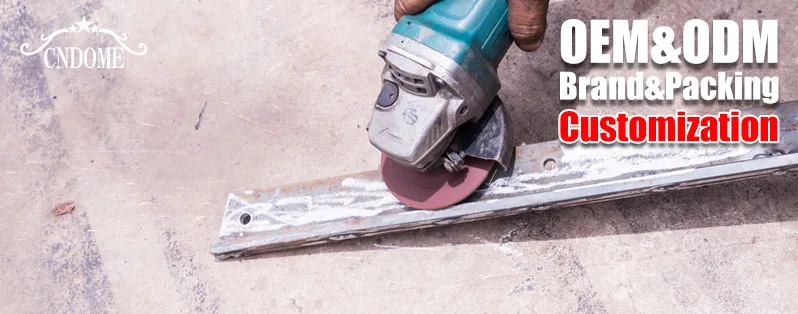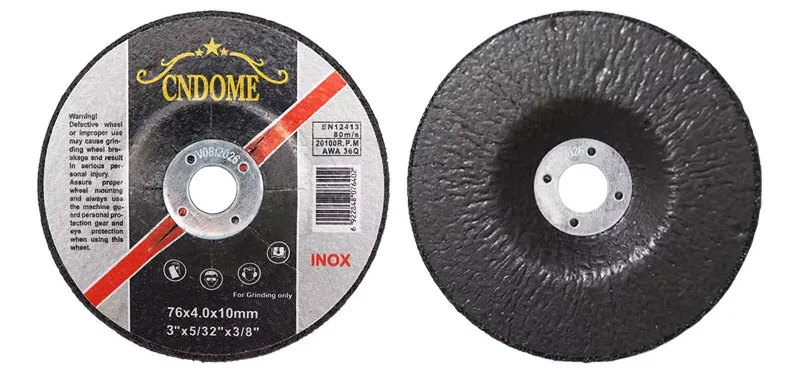Angle grinders are indispensable tools in the arsenal of both professional tradespeople and DIY enthusiasts. One crucial component that plays a pivotal role in their efficiency is the grinding wheel. These small yet mighty discs come in various shapes and compositions, each tailored to specific tasks. In this blog, we will explore the world of grinding wheels for angle grinders, shedding light on their types, applications, and essential considerations.
Types of Grinding Wheels:
1. Abrasives Matter:
Grinding wheels primarily consist of abrasive particles bonded together. The choice of abrasive material is crucial, as it directly impacts the wheel’s performance. Common abrasives include aluminum oxide, silicon carbide, and zirconia alumina.
2. Aluminum Oxide Wheels:
- Ideal for general-purpose grinding tasks.
- Suitable for ferrous metals (steel and iron).
3. Silicon Carbide Wheels:
- Best for non-ferrous metals and stone.
- Effective for grinding cemented carbide and cast iron.
4. Zirconia Alumina Wheels:
- Known for their durability and long lifespan.
- Suited for heavy-duty applications on tough materials.
5. Diamond Wheels:
- Perfect for cutting and grinding hard materials like concrete, stone, and tile.
- Expensive but extremely durable.
Applications of Grinding Wheels:
1. Metal Grinding:
- Use aluminum oxide or zirconia alumina wheels for ferrous metals.
- Silicon carbide wheels are better for non-ferrous metals.
2. Masonry Work:
Silicon carbide or diamond wheels are ideal for concrete, stone, and tile.
3. Cutting and Shaping:
- Diamond wheels excel at cutting hard materials.
- Resin-bonded wheels are suitable for shaping applications.
4. Deburring and Surface Preparation:
Fine-grit aluminum oxide wheels work well for smoothing surfaces and removing burrs.
Considerations for Choosing Grinding Wheels:
1. Compatibility:
Ensure the wheel is compatible with your angle grinder model and size.
2. Grit Size:
- Coarse grit for rapid material removal, fine grit for finishing.
- Consider the task at hand and choose accordingly.
3. Wheel Shape:
Flat, cup, and dish shapes are common. Select the shape that suits your application.
4. Safety Precautions:
- Always wear appropriate safety gear, including eye protection and gloves.
- Follow manufacturer guidelines for speed and usage.
Conclusion:
Grinding wheels for angle grinders are versatile tools that can transform your angle grinder into a powerhouse for various tasks. Understanding the types of wheels and their applications is crucial for achieving optimal results. Whether you’re shaping metal, cutting concrete, or deburring edges, the right grinding wheel can make all the difference in the efficiency and precision of your work. So, the next time you reach for your angle grinder, choose the perfect grinding wheel to unleash its full potential.



